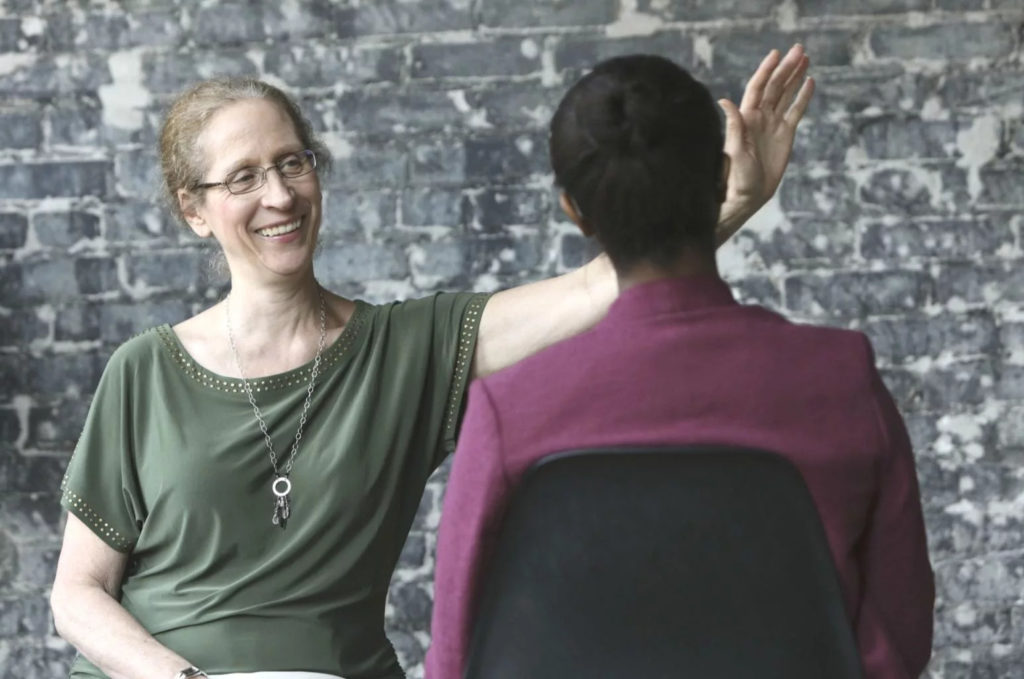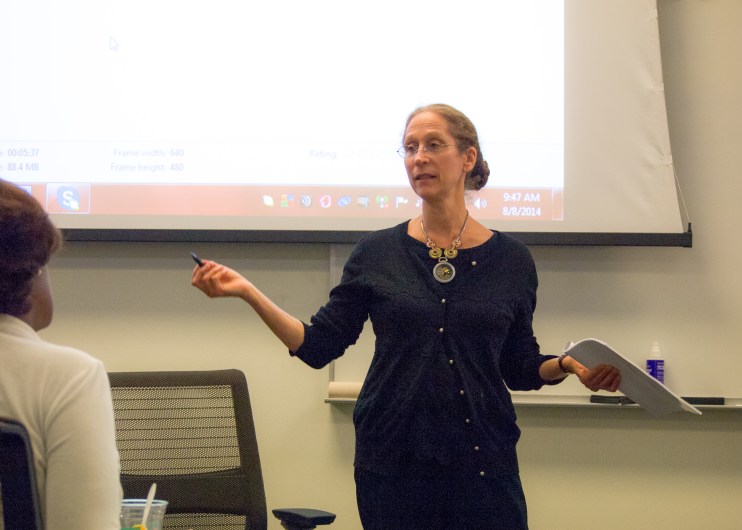Services
Accelerated Resolution Therapy
Accelerated Resolution Therapy, or ART, was created to help people who have experienced trauma. The protocol that is delivered is meant to bring up original traumatic experiences and actually change the way that the information is ultimately stored.
ART therapy is good for trauma and other mental health problems.
Appointments available 7 days a week. Therapy for individuals, couples and children ages 10 and above.
Free phone consultation.


Specialized Training
Accelerated Resolution Therapy (ART) takes the best of well known therapies including Gestalt, Cognitive Behavioral, Exposure (imaginal, in-vivo), relaxation techniques, and Brief Psycho-dynamic therapy and combines them with eye movements similar to those we using during the (REM) Rapid Eye Movement phase of sleep. ART utilizes a re-scripting process called Voluntary Image Replacement (VIR) to assist clients in replacing negative images with positive ones.
F.A.Q.
Learn About ART
Accelerated Resolution Therapy, often referred to as ART, is a form of psychotherapy with roots in existing evidence-based therapies but shown to achieve benefits much more rapidly (usually within 1-5 sessions). Clients suffering from trauma and other mental health problems such as Anxiety, Depression, Phobias, Panic Attacks, Obsessive Compulsive Disorder (OCD), Post Traumatic Stress Disorder (PTSD), Addictions/ Substance Abuse , Performance Anxiety, Family Issues, Victimization/Poor Self Image, Victimization/Sexual Abuse, Relationship Issues/Infidelity, Codependency, Grief, Job Related Stress, Pain Management, Memory Enhancement and many other mental and physical conditions can experience remarkable benefits starting in the first session.
The client is always in control of the entire ART session, with the therapist guiding the process. Although some traumatic experiences such as rape, combat experiences, or loss of a loved one can be very painful to think about or visualize, the therapy rapidly moves clients beyond the place where they are stuck in these experiences toward growth and positive changes. The process is very straightforward, using relaxing eye movements and a technique called Voluntary Memory/Image Replacement to change the way in which the negative images are stored in the brain. The treatment is grounded in well-established psychotherapy techniques, and the end result is that traumas and difficult life experiences will no longer trigger strong emotions or physical reactions. Importantly, clients do not even have to talk about their traumas or difficult life experiences with the therapist to achieve recovery.
ART incorporates a combination of techniques used in many other traditional psychotherapies. ART works directly to reprogram the way in which distressing memories and images are stored in the brain so that they no longer trigger strong physical and emotional reactions. ART accomplishes this through the use of rapid eye movements similar to eye movements that occur during dreaming. Although techniques similar to these are used in other types of therapies. ART’s very specific and directive approach can achieve rapid recovery from symptoms and reactions that may have been present for many years. ART combines long respected, sound treatment practices with safe and effective methods validated by current scientific research studies conducted by the University of South Florida.
Specific Interventions
Both ART and EMDR use eye movements to facilitate visualization techniques focused on helping to reduce distress from traumatic memories. ART focuses more directly on how negative images are connected with emotional and physical reactions. The specific and unique way in which the techniques are delivered in ART tend to result in a more rapid and complete recovery. Clients find relief from distress by the end of a treatment session rather than having to wait for several sessions.
Specific Protocols for Different Problems
ART is a manualized therapy with specific techniques and protocols to use with different problems; whether the problem is trauma from sexual abuse, depression, anxiety or smoking cessation.
Procedural Approach
ART is a therapy with specific procedural steps that most clinicians find easy to follow. Therapists can successfully utilize the techniques in their clinical practice after a 3 day Basic Training. Once the fundamental skills are learned, there are many other creative and powerful ways to apply these skills to aid clients in experiencing relief from many different types of problems.
Brief
ART often resolves one presenting problem in a one to three session model. Clients may continue on in therapy to resolve other issues. In addition, clients may wish to use traditional talk sessions to process the changes and insights they have gleaned from ART’s eye movement sessions.
Directive
Clinicians guide clients in a way that prevents them from getting confused or “stuck” and allows clients to find their own solution to their problems.
Interactive
Clients often comment that they feel comfortable because ART is so interactive. They report feeling the therapist is right there with them each step of the way. Conversation is a natural part of the therapy and ART techniques can be useful with traditional talk therapy.
Voluntary Memory Replacement/Voluntary Image Replacement (VMR/VIR)
ART’s powerful technique of the Voluntary Memory/Voluntary Image Replacement is a form of re-scripting similar to techniques used in some other treatments that are involved with other forms of cognitive therapy. When combined with desensitization through visualization (imaginal exposure), this intervention has a powerful effect on changing the clients’ relationship to their traumatic narrative.
Although clients know that the new image is not the actual image from their memory, changing the images affects the current level of emotional and physical functioning. The narrative will remain but the narrative will not trigger the problem symptoms.
Used to Process Dreams
ART can be used to process a dream sequence so that the dream does not occur again. This is very helpful with nightmares or dreams that cause distress or are repetitive. ART can also be used to help clients understand their dreams.
Socratic Method
One of ART ‘s interventions, the Socratic Method can help with problem solving or expanding one’s perception of options. During an ART session, the clinician can ask clients to focus on a question and “see” what will float into their conscious minds from their inner “Oracle.” The ability to problem solve appears to be heightened and accessed quickly with the eye movements.
A Combination of Therapies
ART draws on a variety of different techniques including Gestalt, Cognitive Behavior, Guided Imagery, EMDR and brief psycho-dynamic and exposure therapy. ART combines elements of these approaches with eye movements so that the sum of ART is more than its parts. ART also uses metaphors which act as reinforcements for the changes made during treatment. The metaphors can lead clients to identify specific tools to help them in their daily lives.
Complete Training Tools
Provided to licensed clinicians who attend the Basic ART training. Included with be a detailed manual, a tool to measure the client’s distress level before and after a session, along with other helpful aids.